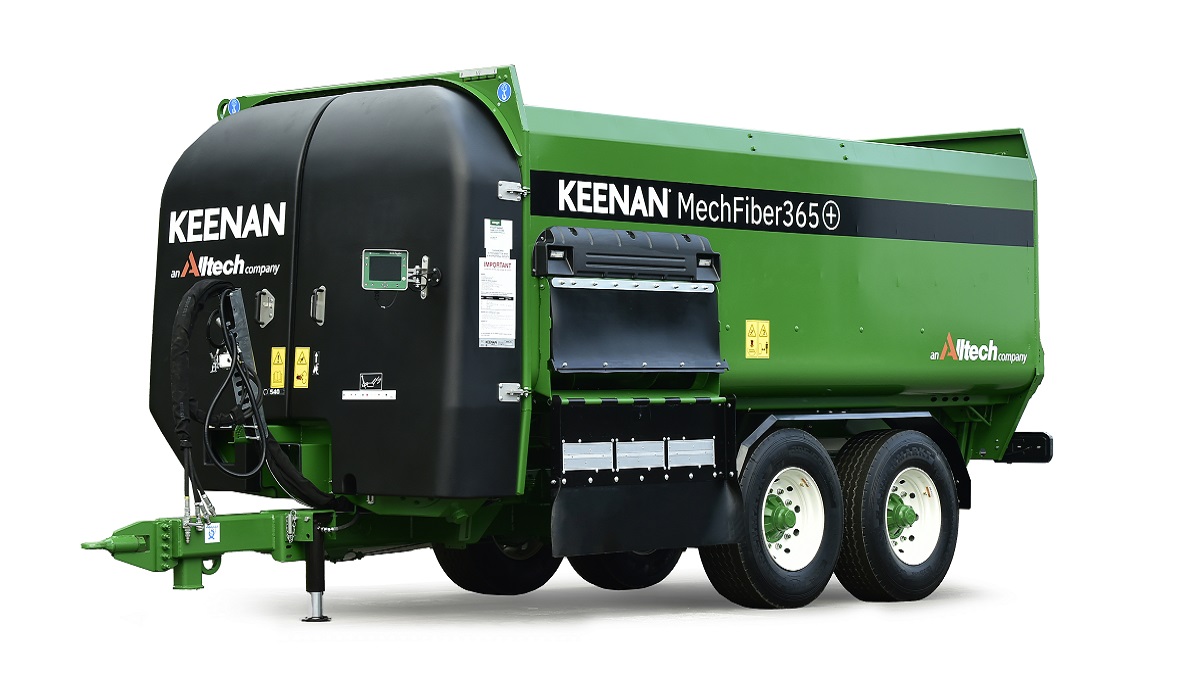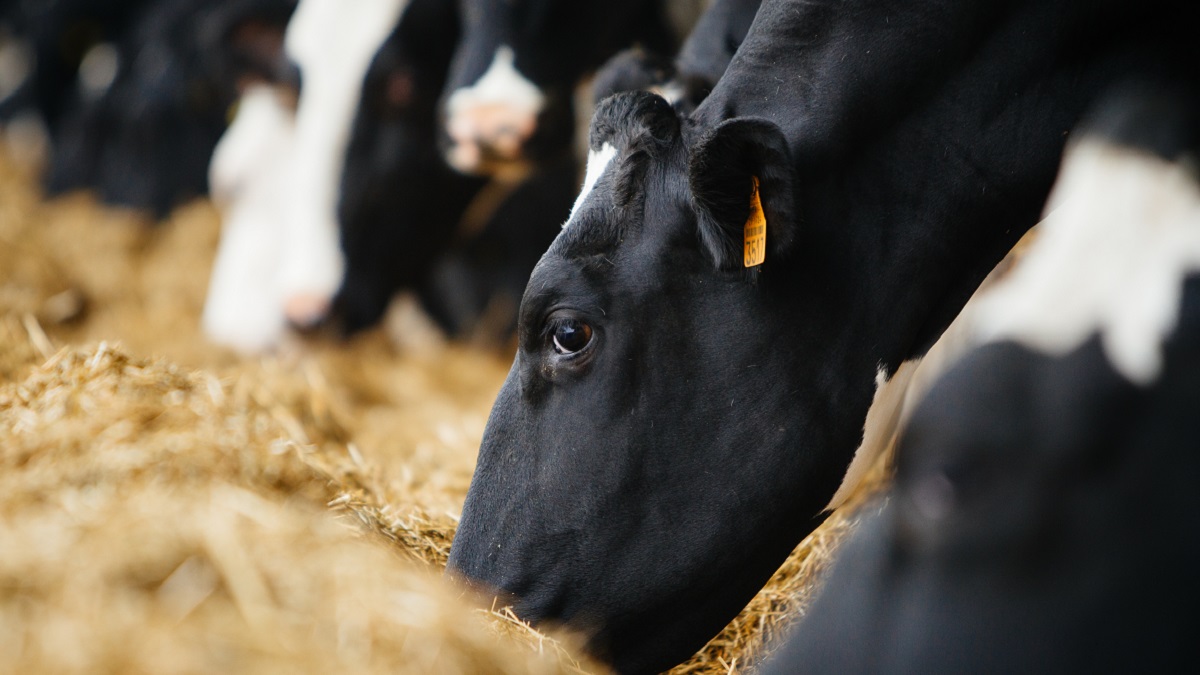March 2022
The last few weeks have been a blur for all, as the calving season got into full swing on many farms throughout the country. Long days of milking, feeding, and calving have been tempered somewhat with the presence of good weather allowing early grazing, where land allowed it, and the ability to empty tanks of slurry. The later stages of February, unfortunately, brought a dramatic end to the good spell of weather. While there are many fresh cows on farms now, we must not forget about the later-calving cows. This can usually be a time where their space, diet and body condition go out the window, leading to a perfect metabolic storm. Maintain the same diet at the same intake if it has worked so far, making sure that cows are not gaining body weight, as fat dry cows are up to nine times more likely to have metabolic issues. If they are gaining bodyweight, you might need to reduce the energy levels in the diet. Make sure to feed good minerals at the required rate and, as the milkers take centre stage, continue to provide adequate space for this group of cows. If we want these cows to be part of a future six-week compact calving system, we need to give them the best possible start. Fresh cows are also under immense pressure now. Regardless of performance and appearance, these cows are in negative energy balance (NEB) and how we manage this will determine success and failure. We have the perfect ingredients now to create a recipe for disaster:
· Great milk yield and very high solids
· High feed prices
· Weather that allows long days at grass
While you might think this is an ideal scenario, we need to first look after the cow and her dry matter intake (DMI). While the focus of many is paddock clean-out and the percentage of the farm grazed, we cannot forget about the cow in all of this. Cows are hitting six weeks calved soon, and we need to target 18–20 kg DMI by maximising the amount of grazing and knowing the figure that is available, making up the shortfall with concentrate. If this goes beyond a certain level (0.22 kg concentrate per litre of milk out by day), then we will require silage as well. Around mid-March, milk solid percentages will drop and return to more realistic levels once cows are calved for four to six weeks. While some of this is normal as the cow begins to rely on her diet as opposed to her own body reserves, the amount of the drop can tell a lot about her diet in the previous six weeks. We need to feed for our general peak milk yield now and keep the diet protein low. Good weather allows us to graze a lot, but we also must ration this as we can also run out before the ‘magic day’ in early April. We can run into a major feed deficit in late March/April, resulting in large inputs of supplementary feed when we could have prevented this with more reasonable levels of supplementation earlier in March. Having the cow at the centre of your production system is very important for the month ahead if we want her to continue to milk well and go back in calf. If we are not prepared to do this and your cows are struggling to stay in the system, then maybe you have the wrong cow or the wrong system for that cow.














